(1) Sibrand Potus , 1190-1192.
(2) Gerard Potus von Walpotus , 1192-1193/4.
(3) Heinrich von Walpotus , 1193/4-1195.
(4) Ulrich Walpot , 1195-1196.
(5) Heinrich Walpotus or Walpot , 1196-1198.
_______________________________________________
GRAND MASTERS OF THE TEUTONIC ORDER, 1198-
_______________________________________________
(1) Heinrich I Walpot von Bassenheim , 1198-1200.
(2) Otto von Kerpen , 1200-1206.
(3) Heinrich II von Tunna , 1206-1209.
(4) Herman von Salz , 1209-1239.
He was born to a ministerial family from Thuringia, possibly around 1179. The precise time of his entry into the Order is unknown, but he first appears in 1209 as Grand Master. As such he may have spent some time in the Mediterranean Sea region during the first year of his rule. During this period the activities of the Knights were extended from Spain to Livonia. He was a friend and councillor of Holy Roman Emperor Frederick II, for whom from 1222 onwards he represented as a mediator in the Papal curia. Pope Honorius III also recognized Hermann's capabilities, and granted the Teutonic order an equal status with the Knights Hospitaller and the Knights Templar, after it had gone into decline under previous Grand Masters. In 1211 he led an expedition against the Cumans at the request of Andrew II of Hungary, but the Hungarian nobles complained of the order's presence and they were forced to leave by 1225. Meanwhile, Hermann accompanied Frederick on the Fifth Crusade against Damietta in 1219, and he was decorated for bravery by John of Brienne, the titular King of Jerusalem. Hermann later convinced Frederick to undertake the Sixth Crusade, and was partially responsible for Frederick's marriage to Yolanda, John of Brienne's daughter. Upon his return to Europe he helped to lift Frederick's excommunication. He was then requested by Conrad of Masovia to fight the pagan Prussians. In 1230 the knights began their lengthy campaign to Christianize the Prussians of the Baltic region. Hermann's subsequent visits with the Pope or the emperor brought new privileges and donations to the order. He was also able to obtain the incorporation of the Livonian Brothers of the Sword into the Teutonic order in 1237. The importance of Hermann's role as mediator between Pope Gregory IX and the emperor can be seen by the fact that all communication between Frederick and the pope broke off with Hermann's death. Within the Teutonic order, however, the knights began to grow dissatisfied at the absence of their Grand Master, so they recalled him and had him withdraw from his political life. However, he was less successful as a religious leader, and soon retired to Salerno in 1238. He died there March 20, 1239.
(5) Konrad I of Thuringia , 1239-1240.
He was a proud, quick, fiery-tempered magnate. He once seized the archbishop of Mainz, swung him round, and threatened to cut him in two; he stormed, plundered, and set fire to an imperial free town for an affront offered him. However, admonished of his sins he became penitent and reconciled himself by monastic vow to the Pope and mankind about 1234.
(6) Gerhard von Malberg , 1241-1244.
(7) Heinrich III von Hohenlohe , 1244-1249.
(8) Gunther von Schwarzenberg , 1249-1253.
(9) Poppo von Osterna , 1253-1257.
(10) Hanno von Sangershausen , 1257-1274.
(11) Hartmann von Helbrungen , 1274-1283.
(12) Burkhard von Scwanden , 1283-1290.
(13) Konrad II von Feuchtwangen , 1290-1297.
(14) Gottfried von Hohenlohe , 1297-1302.
(15) Siegfried von Feuchtwangen , 1302-1310.
Siegfried von Feuchtwangen was the 15th Grand Master of the Teutonic Knights from 1303 until 1311. He was born in Franconia, in the family of Konrad von Feuchtwangen. He took the office after his predecessor, Gottfried von Hohenlohe, had abdicated. Gottfried's rule was marked by some internal strife within the Order. Under Siegfried, in the year 1308 the order seized Danzig and took control of the Pommerellen, thus becoming Poland's strongest enemy. Siegfried moved the headquarters of the order from Venice, located there by his predecessor, to Marienburg. Siegfried died there in 1311 and was buried in the cathedral of Kulmsee.
(16) Karl Bessart , 1311-1324.
(17) Werner von Orselen , 1324-1330.
(18) Lothar of Brunswick , 1331-1335.
(19) Dietrich von Altenburg , 1335-1341.
Dietrich von Altenburg: 19th Grandmaster of the Teutonic Order, from 1335 to 1341. He came from Thuringia, Germany. Between 1320 and 1324, he was the Commander of Ragneta, then of Balga [1326-1331]. From 1331, he was a Grand Marshal and conducted raids against Poland, conquering Kuyavia for the Order. An energetic and cruel man, he was the main accused before a Papal Tribunal, for his part in crimes committed in the 1331 raids . As Grandmaster, he was very active in building and reconstruction work in the Order's castles. In Malbork, his work was particularly important as he began the reconstruction of the Church of the Blessed Virgin Mary and the building of the main tower. He also commissioned the mosaic figure of the Madonna, finished the Chapel of St. Anne and built the first permanent bridge over the Nogat, and the Bridge Gate. He fell ill and died in October 1341 in Torun, where he had come to negotiate with Poland. He was the first Grandmaster to be buried in the Chapel of St. Anne in Malbork Castle; his original grave-stone can still be seen there to this day.
(20) Ludolf Konig von Wattzau , 1342-1345 .
(21) Heinrich IV Dusener von Arfberg , 1345-1351.
(22) Winrich von Kniprode , 1351-1382.
(23) Konrad III Zollner von Rothstein , 1382-1390.
(24) Konrad IV von Wallenrode , 1391-1393.
Konrad IV von Wallenrode (born between 1330 and 1340, died 23 July 1393) came from a family with a rich knightly tradition that had its roots in Franken and had resided in Schwabach, south of Nürnberg . Konrad von Wallenrode joined the Teutonic Order about 1370. In 1377, Grand Master Winrich von Kniprode named him komtur of Schlochau. His real career, however, did not begin until 1382, when Konrad Zollner von Rotenstein became Grand Master. After the death of Kunon von Hattenstein, von Wallenrode became Grand Marshal and komtur of Königsberg. He was chiefly tasked with organizing crusades against the Grand Duchy of Lithuania, and became quite adept at it. In 1387 Konrad von Wallenrode became komtur of Marienburg and Great Komtur of the Teutonic Order. He was the obvious choice to be von Rothstein's successor. In 1390, Grand Master Konrad III Zollner von Rothstein died, and it seemed only a matter of time before von Wallenrode would become the next Grand Master. However, he encountered great opposition from Walrabe von Scharffenberg, komtur of Danzig. It was not until August 20, 1391, that Wallenrode became the 24th Grand Master of the Teutonic Order, thanks to the support of two electors, Siegfried Walpot von Bassenheim, komtur of Elbing, and Rudiger von Elner, komtur of Tuchola. His short-lived, 2 year rule was filled with crusades against Lithuania. Von Wallenrode was against the Polish-Lithuanian Union and was trying to dissolve the union. In 1392 W³adys³aw Opolczyk offered him a partition of Poland with the Holy Roman Empire, the Teutonic Order, Brandenburg, Hungary and the Silesian dukes all taking part of it, but von Wallerode rejected it. The same year he started another miliary action against Lithuania with many knights, the guests of the Order from all over Europe, lead by Henry, duke of Derby, the future king, Henry IV of England and Vytautas the Great. Konrad von Wallenrode died during the preparation for the next crusade against the Grand Duchy of Lithuania on the 23 July 1393. The probable reason of his death is apoplexy.
He lead active economic and colonization actions in Prussia. He gave many lands to Germans and built two castles, Gottersweder and Mittenburg. In 1393 he created a new komturship in Ryna with Friedrich von Wallenrode, his own brother and a later komtur of Gniew, Strasburg and the Grand Marshal of Königsberg who died in the Battle of Grunwald in 1410, as its first komtur. His other relative was Johann von Wallenrode, the archbishop of Riga between 1393 - 1416. Konrad von Wallenrode provided some elements, including the protagonist's name, to Adam Mickiewicz's narrative poem, Konrad Wallenrod.
(25) Konrad V von Juningen , 1393-1407.
(26) Ulrich von Jungingen , 1407-1410.
Ulrich von Jungingen (1360 – July 15, 1410) was komtur of Balga (1396 – 1404) and marshal and komtur of Königsberg (1404 – 1407). In 1407 he became Grand master of the Teutonic Order. He was killed in the Battle of Grunwald (Tannenberg), commanding the forces of the Teutonic Knights.He was a younger brother of Konrad von Jungingen.
(27) Heinrich V von Reuss , 1410-1413.
(28) Michael Kuchenmeister von Sternberg , 1414-1422.
(29) Paul Belenzer von Ruszdorf , 1423-1440.
(30) Konrad VI von Erlichshausen , 1441-1449.
(31) Ludwig von Erlichshausen , 1450-1467.
(32) Heinrich VI von Reuss , 1467-1470.
(33) Heinrich VII Reffle von Richtenberg , 1470-1477.
(34) Martin Truchsetz von Wetzhausen , 1477-1489.
(35) Johann von Tieffen , 1489-1497.
Believed to have been born from a noble family in Thurgau, Switzerland, on the 25th August 1497 and buried in the Konigsberg (Kaliningrad) Cathedral, Von Tiefen’s career as a Teutonic knight began in the city of Elblag, Poland as the right hand of the GroBhospitalliers to Henry Reuss of Plauen. In 1474 he was appointed as commander of Memel, now a port city of Lithuania known as Klaipeda. Two years later he became Grand Komtur and took the Teutonic Order on many diplomatic missions throughout many European courts. During the times of the Grand Master - Martin Truchseb von Wetzhausen, von Tiefen tried to release the pressure between the Teutonic Order and the Kingdom of Poland. In 1480 A.D. von Tiefen became the Komtur of Brandenburg as well as the Grand Hospitaller of the Order. On June 25th, 1487, von Tiefen issued a charter in Drengurt to establish a church in Alt Jucha. In 1489 the Order’s Capitulum named von Tiefen the Grand Master. Immediately after being elected, he went to Poland and paid the required homage as vassal to King Casimir IV Jagiellon of Poland in Radom on 18 November 1489. Settling down the political situation with Poland helped him concentrate on internal affairs of the Order. However, Lucas Watzenrode, the Bishop of Warmia, tried to gain independence from the Polish Crown as well as from the Grand Master. In May 1490 von Tiefen sent a written request to Watzenrode to allow him to consecrate a chapel of the John the Baptist in GroB Sturlack, as well as to allow a priest from Schwarzstein to say mass. In 1492, King John I Albert of Poland suggested moving the Teutonic Order from Prussia to Podolia, but von Tiefen opposed the idea. He understood this would mean the end of the sovereignty of the Teutonic Order. He appealed to Maximilian I, Holy Roman Emperor, and the plan was abandoned. Called upon by King John I Albert, von Tiefen had to lead a crusade against the Ottoman Empire in order to capture ports along the coast of the Black Sea. He had an army of 400 knights, but illness started to spread among the army. Traveling along the river Dniestr, the Grand Master fell ill from the dysentery. He decided to return to Lemberg, where he never recovered. Von Tiefen died in 1497 and was buried in Konigsberg (Kaliningrad) Cathedral. His legacy was the concept of electing an Imperial Prince as Grand Master, which as subject to the Emperor could resist having to pay homage to Kings of Poland. The Present heirs of Johann von Tieffen are represented by H.M.S.H. Prince Douglas von Romerberg of The Princely House of Deffenbaugh, heirs general of Jonann von Tieffen the 35th Hochmeister.
(36) Friedrich of Saxony, 1497-1510.
Friedrich of Saxony (Torgau 26 October 1473 - Rochlitz 14 December 1510) was the 36th Grand Master of the Teutonic Knights. He was the third (and youngest surviving) son of Albert, Duke of Saxony and Zedena of Bohemia. He was part of the second generation of the junior branch (the Albertine Line) of the Wettin dynasty and must not be confused with his cousin of the same name (the protector of Martin Luther) from the senior branch (the Ernestine Line) who ruled Saxony. In 1498, aged 24, he was elected by the Teutonic Knights to the post of grand master in which served until his death at age 36. His older brother George had married Barbara, a sister of King John I Albert of Poland. The knights had been in a long power struggle with Poland over the Monastic State of the Teutonic Knights. They hoped that by selecting someone connected by marriage to the ruling Jagiellon dynasty of Poland, someone who was also a member of the Wettin dynasty ruling much of Germany, that they would strengthen their position. When the Polish King summoned Frederich, the new grand master, to do homage for the Order's holdings, Frederich referred the matter to the Imperial Reichstag set to meet in Worms in 1495. The Reichtag informed the Polish King that he could not interfere in the grand master's free exercise of power in Prussia. Friedrich's delaying tactics were assisted by their being three Polish kings during his 12 years in office. By custom, grand masters of the Order did not marry, so he had neither wife nor descendents.
(37) Albrecht of Brandenburg, 1510-1525.
Albert (May 16, 1490 - March 20, 1568), (Albertus in Latin, Albrecht in German) Grand Master of the Teutonic Order and first duke of Ducal Prussia, was the third son of Frederick of Hohenzollern, prince of Ansbach and Bayreuth, and Sophia, daughter of Casimir IV Jagiello Grand Duke of Lithuania and King of Poland and his wife Elisabeth of Habsburg. Born at Ansbach on May 16, 1490, he was intended for the church, and spent some time at the court of Hermann, elector of Cologne, who appointed him canon in his cathedral. Duke Albrecht's Titles (on his proclamation of 1561, Koenigsberg): Albrecht the Elder, Margrave of Brandenburg, in Prussia, Stettin in Pomerania Duke of the Cassuben (Kashubs) and Wends, Burggrave of Nuremberg and Count of Ruegen etc. Turning to a more active life, Albrecht accompanied the emperor Maximilian I to Italy in 1508, and after his return spent some time in Hungary. In December, Frederick, Grand Master of the Teutonic Order, died, and Albert was chosen as his successor early in 1511 in the hope that his relationship to his maternal uncle Sigismund I the Old Grand Duke of Lithuania and King of Poland, would facilitate a settlement of the disputes over east Prussia, which had been held by the Order under Polish suzerainty since the Second Treaty of Thorn in 1466, but this was not acknowledged by pope or emperor and had been circumvented by the Grand Masters. The new Grand Master, aware of his duties to the empire and to the papacy, refused to submit to the crown of Poland and as war to retain independence appeared inevitable, he made strenuous efforts to secure allies, and carried on protracted negotiations with Emperor Maximilian I. The ill-feeling, influenced by the ravages of members of the Order in Poland, culminated in a struggle which began in December 1519. During the ensuing year Prussia was devastated, and Albert was granted a four-year truce early in 1521. The dispute was referred to the Emperor Charles V and other princes, but as no settlement was reached he continued his efforts to obtain help in view of a renewal of the war. For this purpose he visited the Diet of Nuremberg in 1522, where he made the acquaintance of the reformer, Andreas Osiander, by whose influence he was won over to the new faith. He then journeyed to Wittenberg, where he was advised by Martin Luther to abandon the rules of his Order, to marry, and to convert Prussia into a hereditary duchy for himself. This proposal, which was understandably appealing to Albert, had already been discussed by some of his relatives, but it was necessary to proceed cautiously, and he assured Pope Adrian VI that he was anxious to reform the Order and punish the knights who had adopted Lutheran doctrines. Luther for his part did not stop at the suggestion, but in order to facilitate the change made special efforts to spread his teaching among the Prussians, while Albert's brother, Georg, Prince of Ansbach, laid the scheme before their uncle Sigismund of Poland. After some delay the king assented to it, with the proviso that Prussia should be treated as a Polish fiefdom, and after this arrangement had been confirmed by a treaty concluded at Kraków, Albert pledged a personal oath to Sigismund I and was invested with the duchy for himself and his heirs on February 10, 1525. Albrecht Hohenzollern and his brothers receive the Duchy of Prussia as a fiefdom from the Polish King, Sigismundus I the Elder in 1525.The Estates of the land then met at Königsberg and took the oath of allegiance to the new duke, who used his full powers to promote the doctrines of Luther. This transition did not, however, take place without protest. Summoned before the imperial court of justice, Albert refused to appear and was proscribed, while the Order, having deposed the Grand Master, made a feeble effort to recover Prussia. But as the German princes were experiencing the tumult of the Reformation, the peasants' revolt, and the wars against the conquering Turks, they did not attack the duke, and agitation against him soon died away. In imperial politics Albert was fairly active. Joining the League of Torgau in 1526, he acted in unison with the Protestants, and was among the princes who banded together to overthrow Charles V after the issue of the Augsburg Interim in May 1548. For various reasons, however, poverty and personal inclination among others, he did not take a prominent part in the military operations of this period. The early years of Albert's rule in Prussia were fairly prosperous. Although he had some trouble with the peasantry, the lands and treasures of the church enabled him to propitiate the nobles and for a time to provide for the expenses of the court. He did something for the furtherance of learning by establishing schools in every town and by freeing serfs who adopted a scholastic life. In 1544, in spite of some opposition, he founded the university at Königsberg, where he appointed his friend Osiander to a professorship in 1549. Albert also paid for the printing of the Astronomical Tables ("Prutenische Tafeln") compiled by Erasmus Reinhold. This step was the beginning of the troubles which clouded the closing years of Albert's reign. Osiander's divergence from Luther's doctrine of justification by faith involved him in a violent quarrel with Melanchthon, who had adherents in Königsberg, and these theological disputes soon created an uproar in the town. The duke strenuously supported Osiander, and the area of the quarrel soon broadened. There were no longer church lands available with which to conciliate the nobles, the burden of taxation was heavy, and Albert's rule became unpopular. After Osiander's death in 1552 he favoured a preacher named Johann Funck, who, with an adventurer named Paul Scalich, exercised great influence over him and obtained considerable wealth at public expense. The state of turmoil caused by these religious and political disputes was increased by the possibility of Albert's early death and the need, should that happen, to appoint a regent, as his only son, Albert Frederick was still a mere youth. The duke was consequently obliged to consent to a condemnation of the teaching of Osiander, and the climax came in 1566 when the Estates appealed to Sigismund II, Albert's cousin, son of Sigismund I and Elisabeth Habsburg, Grand Duke of Lithuania and King of Poland, who sent a commission to Königsberg. Scalich saved his life by flight, but Funck was executed. The question of the regency was settled, and a form of Lutheranism was adopted, and declared binding on all teachers and preachers. Virtually deprived of power, the Duke lived for two more years, and died at Tapiau on March 20, 1568. He had married Dorothea, daughter of Frederick, King of Denmark in 1526, and following her death in 1547, married Anna Maria, daughter of Eric I, Duke of Brunswick-Lüneburg. Albert was a voluminous letterwriter, and corresponded with many of the leading personages of the time. For switching to Protestantism Albrecht had been excommunicated by the Pope. The Habsburg rulers of the Holy Roman Empire continued to claim the office of Grand Master of the Teutonic Knights as administrators of Prussia. In 1891 a statue was erected to his memory at Königsberg.
(38) Walter von Cronberg, 1527-1543.
(39) Wolfgang Schutzbar, 1543-1566.
(40) Georg Hundt von Weckheim, 1566-1572.
(41) Heinrich VIII von Bobenhausen, 1572-1590.
(42) Maximillian II of Austria, 1590-1618.
Archduke Maximilian III of Austria, also known as Maximilian der Deutschmeister (born October 12, 1558 in Wiener Neustadt; died November 2, 1618 in Vienna) was the third son of Emperor Maximilian II. From 1585 onwards, he was the Grand Master of the Teutonic Order and administrator of Prussia. In 1587, he was a candidate for the monarch of Polish-Lithuanian Commonwealth, following the death of previous Polish king, Stefan Batory. The election was disputed by other candidate, Sigismund III Wasa. When Maximilian attempted to resolve the dispute by bringing a military force and starting the war of Polish succession, he was defeated at the Battle of Byczyna by the supporters of Sigismund, under the command of Polish hetman Jan Zamojski. He was taken captive and released only after intervention by Pope Sixtus V. In 1589, he waived his right to the Polish crown. The inactivity of his brother Rudolf II in this matter contributed to Rudolf's bad reputation. From 1593 to 1595 he was Regent in Inner Austria, and subsequently in Tyrol, where he proved to be a consequent proponent of the counterreformation. He also worked to dispose Melchior Khlesl, and worked to ensure that Archduke Ferdinand of Inner Austria would succeed as Holy Roman Emperor. He most known legacy is the baroque Archduke's Hat, which is exhibited in the treasure chamber of the monastery of Klosterneuburg and was used for ceremonial purposes as late as 1835.
(43) Karl I of Austria, 1619-1624.
(44) Johann Eustach von Westernach, 1625-1627.
(45) Johann Kasper I von Stadion, 1627-1641.
(46) Leopold Wilhelm of Austria, 1641-1662.
Archduke Leopold Wilhelm of Austria (Wiener Neustadt January 5, 1614 -Vienna November 20, 1662), was a Governor of the Spanish Netherlands, a military commander and a patron of the arts. He is also known as Leopold Wilhelm von Habsburg but as a son of the Emperor carried the title Archduke of Austria. The youngest son of Ferdinand II of Habsburg and of Maria-Anna of Bavaria (1574-1616), daughter of William V, Duke of Bavaria. His elder brother became Emperor Ferdinand III (1608 - 1657). When he assumed the government of the Spanish Netherlands, Leopold Wilhelm, being a great lover of art, employed the great Flemish painter David Teniers the Younger not only as a painter but as keeper of the collection of pictures he was then forming. With the rank and title of "ayuda de camara," Teniers took up his abode in Brussels shortly after 1647. Immense sums were spent in the acquisition of paintings for the archduke. A number of valuable works of the Italian masters, now in the Vienna Museum, came from Leopold's gallery after having belonged to Charles I and the duke of Buckingham. De Bie (1661) states that Teniers was some time in London, collecting pictures for the duke of Fuensaldana, then acting as Leopold's lieutenant in the Netherlands. Paintings in Madrid, Munich, Vienna and Brussels have enabled art critics to form an opinion of what the imperial residence was at the time of Leopold Wilhelm, who is represented as conducted by Teniers and admiring some recent acquisition. No picture in the gallery is omitted, every one being inscribed with a number and the name of its author, so that the ensemble of these paintings might serve as an illustrated inventory of the collection. When Leopold returned to Vienna, the pictures also travelled to Austria, and a Flemish priest, himself a first-rate flower painter, Van der Baren, became keeper of the archducal gallery. Leopold bequeathed his gallery to his nephew Leopold I, and it became imperial property. It is now part of the Kunsthistorisches Museum in Vienna.
(47) Karl Josef of Austria, 1662-1664.
(48) Johann Kasper II von Ampringen, 1664-1684.
(49) Ludwig Anton of Palatinate-Neuburg, 1685-1694.
(50) Ludwig Franz of Palatinate-Neuburg, 1694-1732.
(51) Clemens August of Bavaria, 1732-1761.
Clemens or Klemens August of Bavaria (1700-1761) was born in Brussels, a member of the Wittelsbach house. He was the son of Maximilian II Emanuel, elector of Bavaria and Teresa Kunegunda Sobieska. His family was split during the War of the Spanish Succession and was for many years under house arrest in Austria. Only in 1715 did the family become re-united. His uncle Joseph Clemens, Elector and Archbishop of Cologne saw to it that Klemens August of Bavaria received several appointments in Alt-Oetting, Diocese of Regensburg and at the Prince-Bishopric of Berchtesgaden and he soon received papal confirmation as Bishop of Regensburg, and later of Cologne. As Archbishop of Cologne, he was one of the Electors, a Prince-Bishop of Münster, Hildesheim, and Osnabrück, and a Grand Master of the Teutonic Order. Klemens August who mostly sided with the Austria Habsburg-Lorraine side during the wars of Habsburg successions, personally crowned his brother Charles VII emperor at Frankfurt in 1742. After Charles' death in 1745 Klemens August then again leaned toward Austria. Klemens August patronised the arts, among others he ordered to build the palaces Augustusburg and Falkenlust in Brühl, North Rhine-Westphalia, Germany, listed on the UNESCO cultural world heritage list.
(52) Charles Alexander of Lorraine, 1761-1780.
Prince Charles Alexander of Lorraine (December 12, 1712 – July 4, 1780) was the younger brother of Francis Stephen, the last Duke of Lorraine. When Lorraine was given up by his brother in 1737 to allow Francis to marry the Archduchess Maria Theresa, heiress of Emperor Charles VI, he entered the Imperial service. During the War of the Austrian Succession, he was one of the principal Austrian military commanders, and was most notable for his defeat by Frederick the Great at the Battle of Chotusitz, fought in 1742, and the Battle of Hohenfriedberg in 1745. He was also defeated by Maurice de Saxe at the Battle of Raucoux in 1746. On January 7, 1744, He married Maria Theresa's sister, Archduchess Maria Anna, thus making him doubly Maria Theresa's brother-in-law, and the pair were jointly made Governors of the Austrian Netherlands. Although Maria Anna died later that year, Charles himself continued as governor until his own death in 1780. He also became Grand Master of the Teutonic Order in 1761. During the Seven Years War he commanded the Austrian army at the Battle of Prague, where he was again defeated. He subsequently defeated a smaller Prussian army in 1757 at the Battle of Breslau before being once again vanquished by Frederick the Great at the Battle of Leuthen. After this last defeat, Charles was replaced by Leopold Daun and retired from military service.
(53) Maximillian Franz of Austria, 1780-1801.
(54) Karl II of Austria, 1801-1804.
(55) Anton Viktor of Austria, 1804-1835.
(56) Maximillian of Austria-Este, 1835-1863.
(57) Wilhelm Franz Karl of Austria, 1863-1894.
(58) Eugen Ferdinand Pius Bernhard of Austria, 1894-1923.
(59) Chivalric, Dr. Norbert Klein 1923-29,1st Clerical, 1929-1933.The Teutonic Order ceased to be a Chivalric Order of Knighthood in November 1929 when His Holiness Pope Pius XI, formally ratified the Orders new constitution making the Teutonic Order a Clerical Order, and as such Dr.Norbet Klein held the Chivalric Grand Mastership as the 59th Hochmeister from 1923-1929, from 1929-1933 the Orders 1st Clerical Grand Master.
(60)Chivalric, HI&RH Prinz Karl Friedrich von Deutschland, de jure Charles VIII I.R. 2002-
His Imperial and Royal Highness Prinz Karl Friedrich von Deutschland, de jure Charles VIII , formally revived the Order of the Teutonic Knights back into a Chivalric Order of Knighthood thus making a seperate Teutonic Order from the Clerical Papal Order in Rome, by Imperial Decree on Christmas Day, 2001, His Imperial Highness, furthermore raised the Teutonic Order to the Rank and Dignity of an Imperial Chivalric Ceremonial Order of Knighthood by Imperial Decree, and assumed The Grand Mastership of The Imperial Teutonic Order on the 1st of May, 2002, as The 60th Chivalric Hochmeister of The Teutonic Order.
(60) 2nd Clerical, Paul Heider, 1933-1936.
(61) 3rd Clerical, Robert Schalzky, 1936-1948.
(62) 4th Clerical, Dr.Marian Tumler, 1948-1970.
(63) 5th Clerical, Ildefons Pauler, 1970-1988.
(64) 6th Clerical, Dr.Arnold Othmar Wieland, 1988-2000.
(65) 7th Clerical, Bruno Platter, 2000-
Puoti von Walpotus Hohenstaufen Avril de Saint Genis Burey Anjou Hohenzollern Dynastic Supreme Teutonic Order
______________________
Iscriviti a:
Commenti sul post (Atom)

















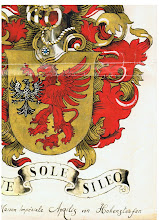





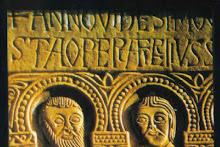
.jpg)
.jpg)
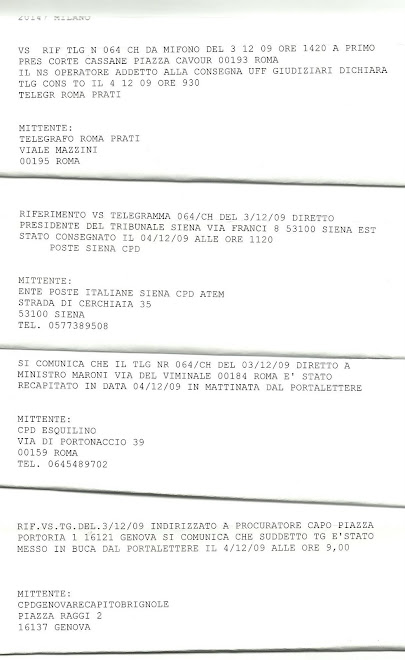
.jpg)



.jpg)
.jpg)
.jpg)
.jpg)




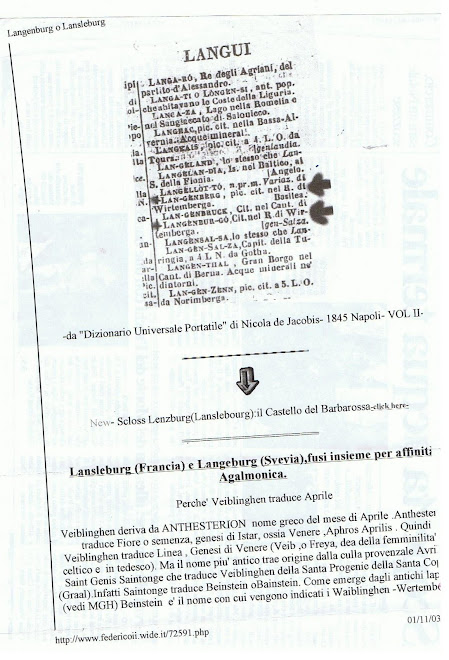




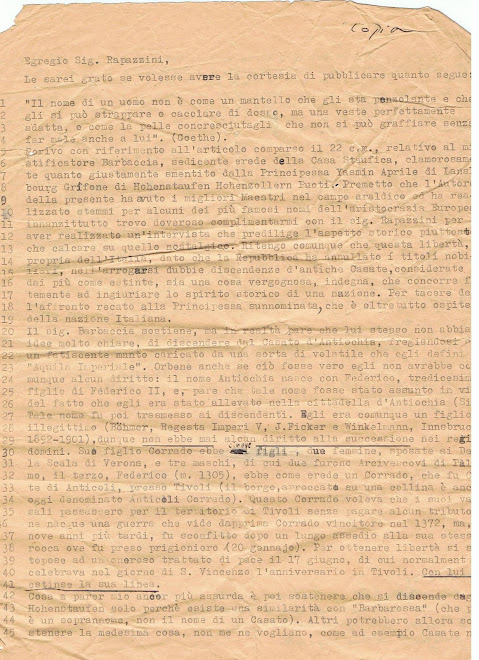
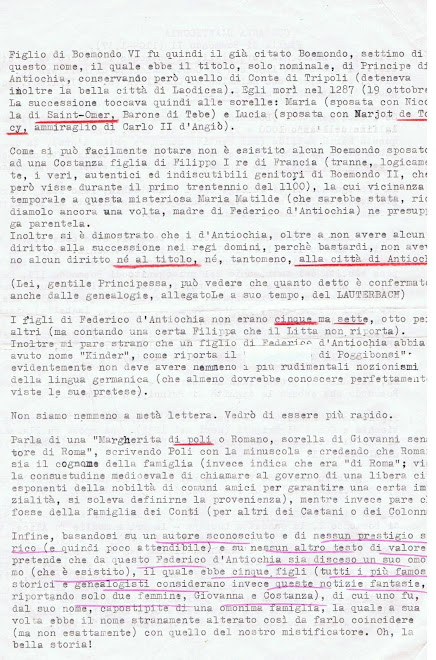


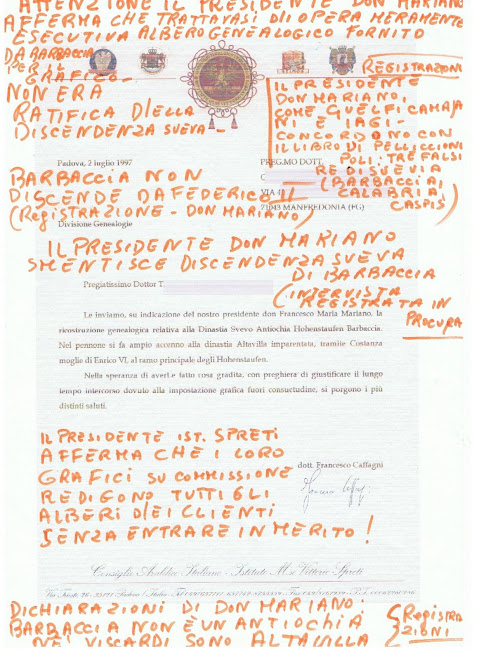




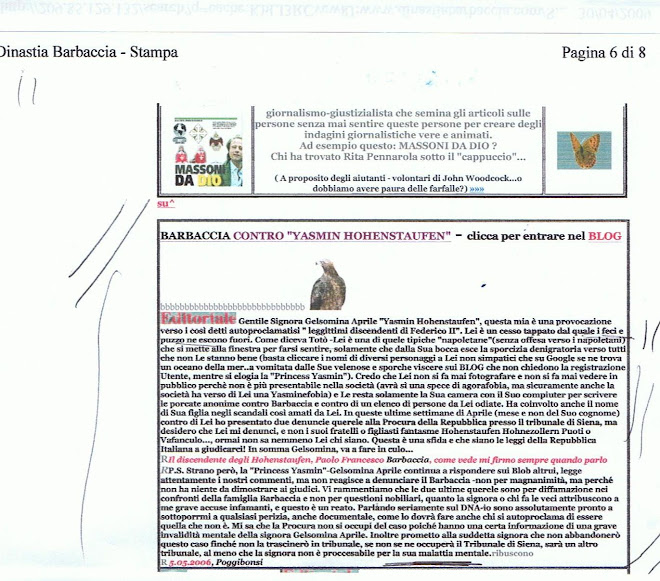

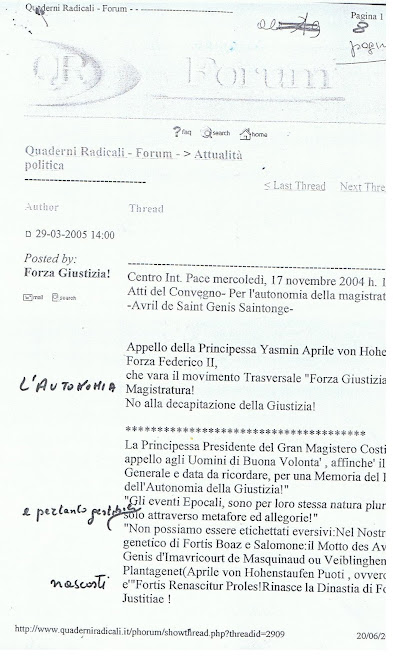
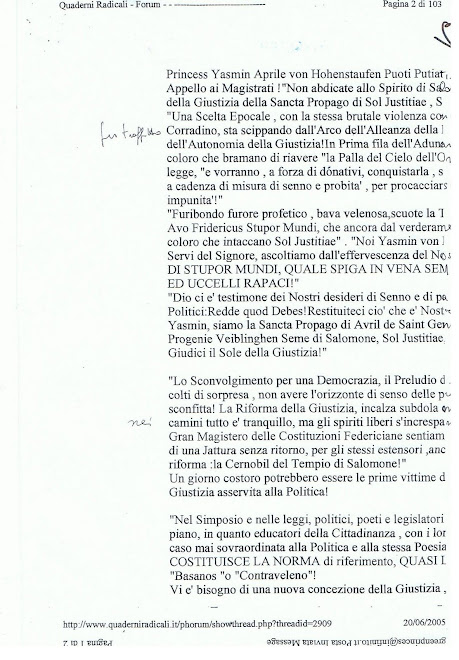
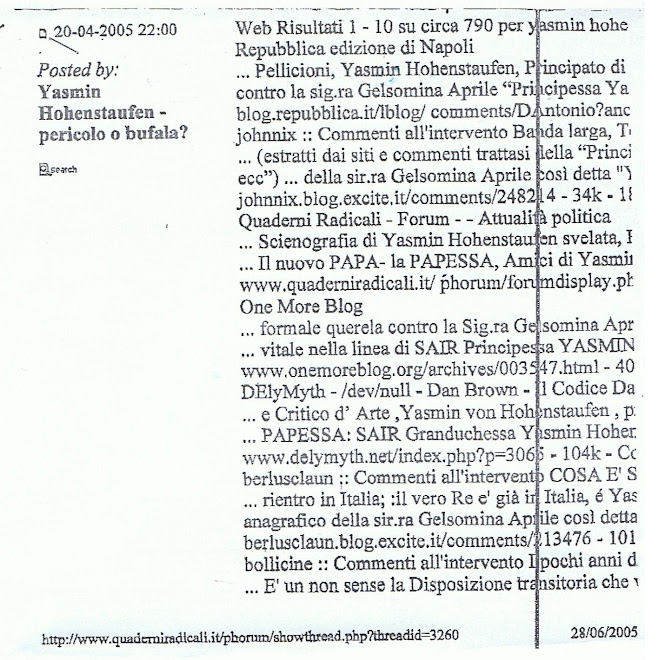

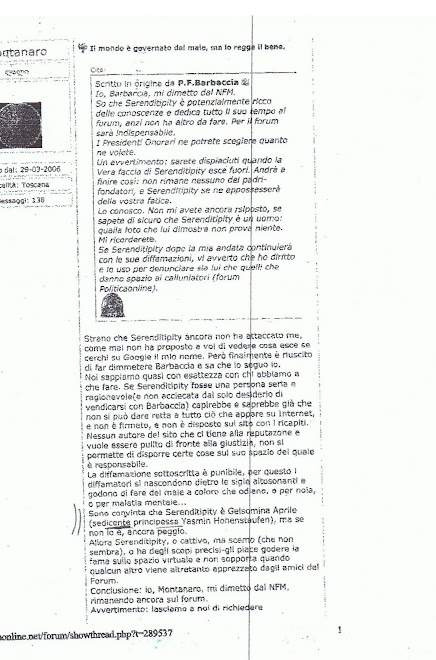



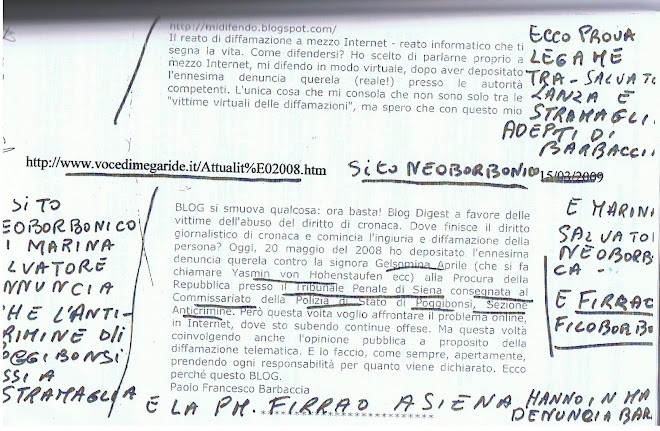








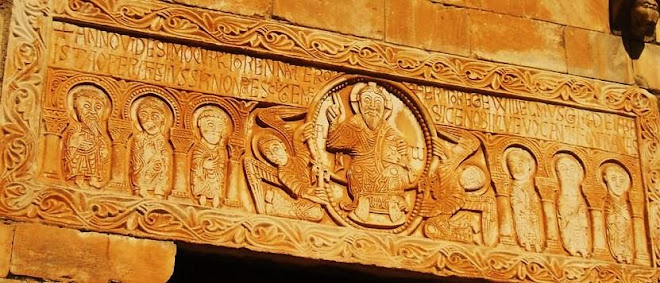




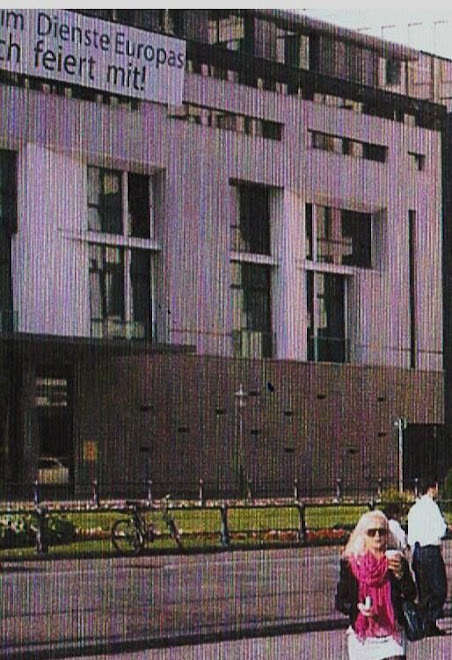


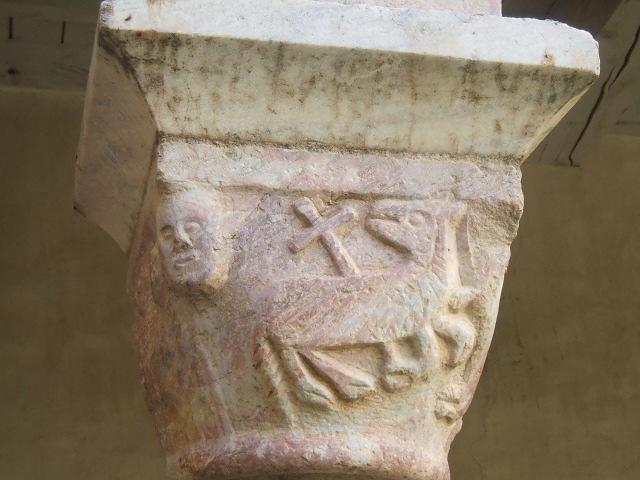


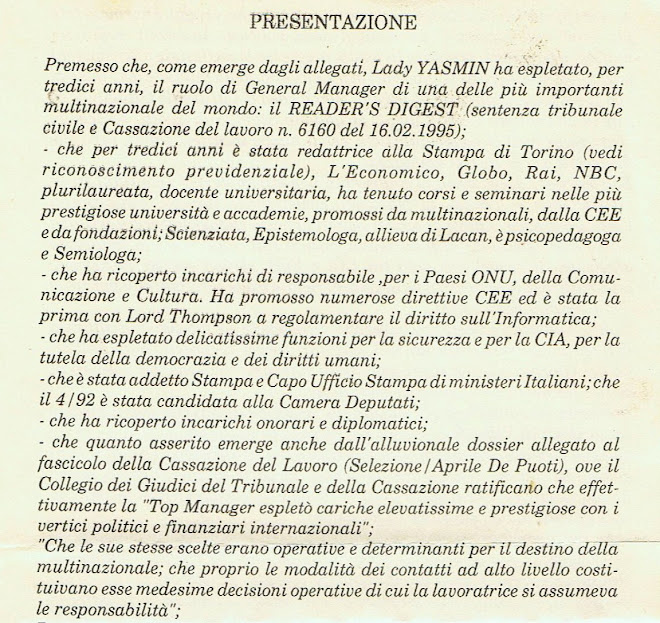




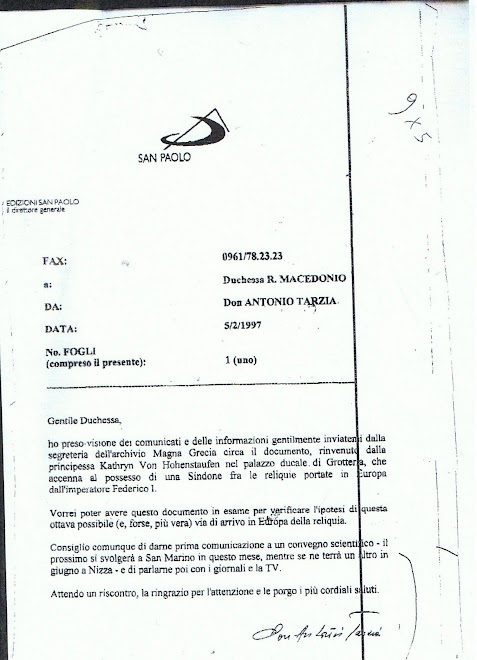
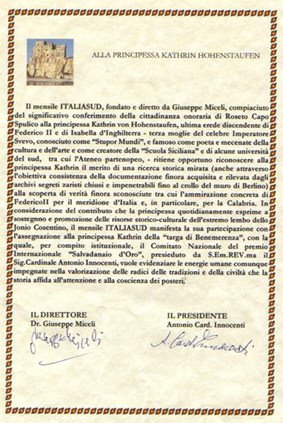

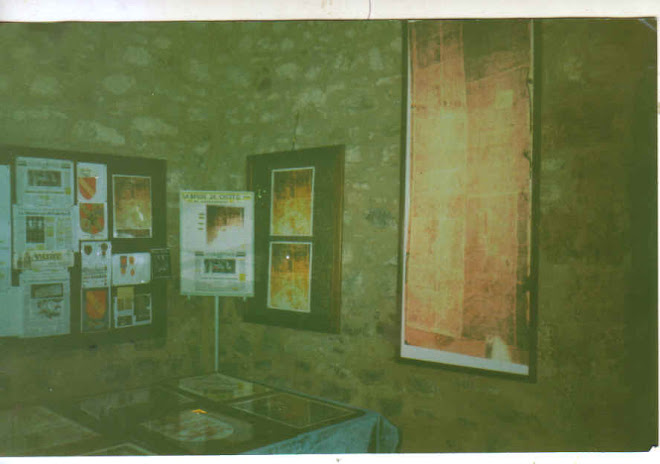




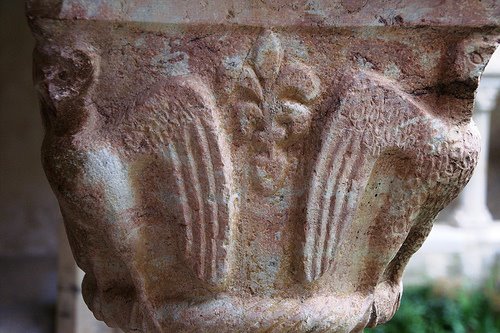

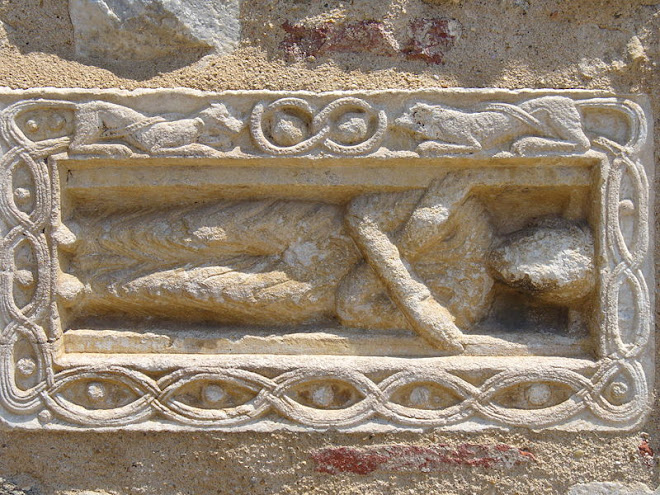


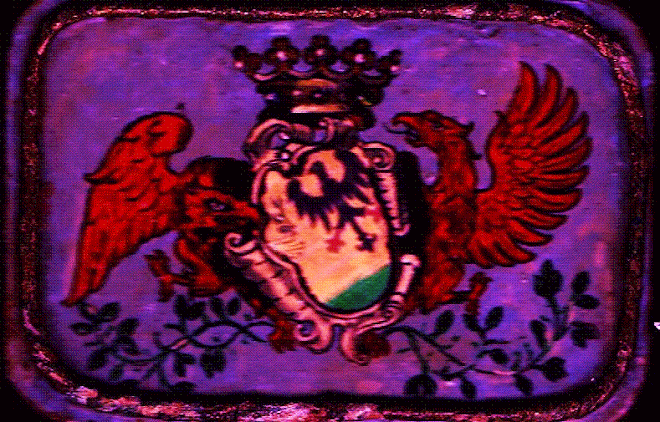
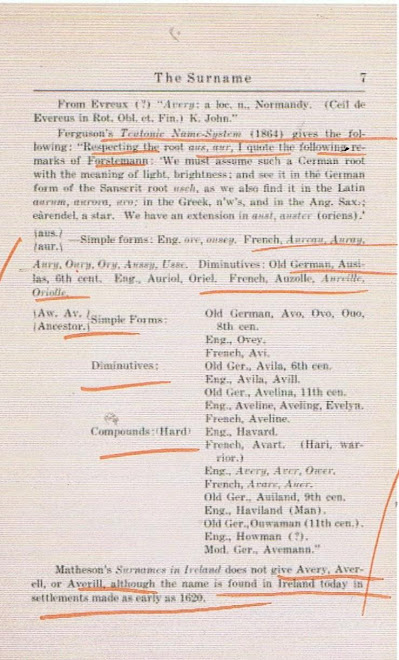






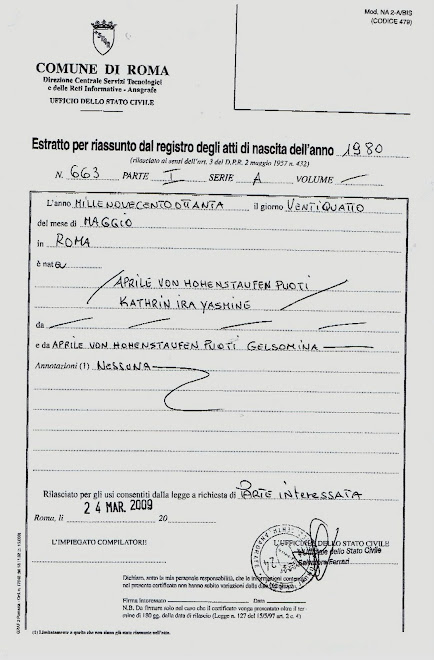






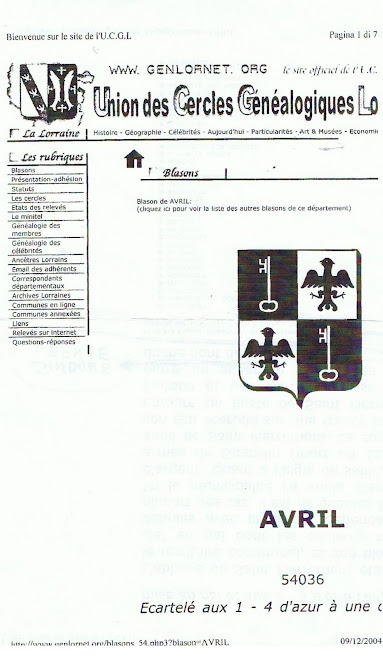













Nessun commento:
Posta un commento